
Sitting Bull was a Hunkpapa Lakota leader who led his people during years of resistance against United States government policies. He was killed by Indian agency police on the Standing Rock Indian Reservation during an attempt to arrest him, at a time when authorities feared that he would join the Ghost Dance movement.
Thomas Aird was a Scottish poet, best known for his 1830 narrative poem The Captive of Fez.

Richard Bland, sometimes referred to as Richard Bland II or Richard Bland of Jordan's Point, was an American Founding Father, planter, lawyer and politician from Virginia. A cousin and early mentor of Thomas Jefferson, Bland served 34 years in the Virginia General Assembly, and with John Robinson and this man's cousin Peyton Randolph as one of the most influential and productive burgesses during the last quarter century of the colonial period.

Toby "Winema" Riddle was a Modoc woman who served as an interpreter in negotiations between the Native American Modoc tribe and the United States Army during the Modoc War. She warned the peace commission of a possible Modoc attack, and she saved the life of the chairman Alfred B. Meacham when the 1873 attack took place.

Alfred Benjamin Meacham (1826–1882) was an American Methodist minister, reformer, author and historian, who served as the U.S. Superintendent of Indian Affairs for Oregon (1869–1872). He became a proponent of American Indian interests in the Northwest, including Northern California. Appointed in 1873 as chairman of the Modoc Peace Commission, he was severely wounded during a surprise attack on April 11 by warriors, but saved from death by Toby Riddle (Winema), a Modoc interpreter.
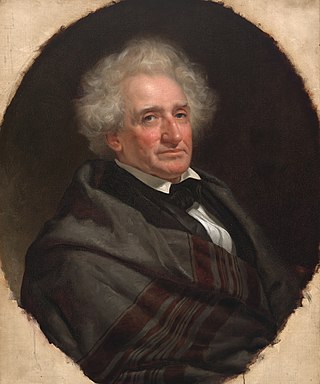
Thomas Loraine McKenney was a United States official who served as Superintendent of Indian Affairs from 1824–1830.

Robert Latham Owen Jr. was one of the first two U.S. senators from Oklahoma. He served in the Senate between 1907 and 1925.

John Mix Stanley was an artist-explorer, an American painter of landscapes, and Native American portraits and tribal life. Born in the Finger Lakes region of New York, he started painting signs and portraits as a young man. In 1842 he traveled to the American West to paint Native American life. In 1846 he exhibited a gallery of 85 of his paintings in Cincinnati and Louisville. During the Mexican–American War, he joined Colonel Stephen Watts Kearney's expedition to California and painted accounts of the campaign, as well as aspects of the Oregon Territory.
John Nevett Steele was an American politician.

James McLaughlin was a Canadian-American United States Indian agent and inspector, best known for having ordered the arrest of Sitting Bull in December 1890, which resulted in the chief's death and contributed to the Wounded Knee Massacre. Before this event, he was known for his positive relations with several tribes. His memoir, published in 1910, was entitled, My Friend the Indian.
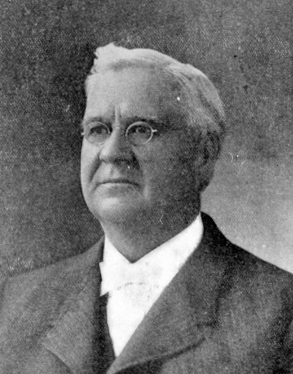
John Robert Thomas, Sr., also known as J. R. Thomas, was a U.S. representative from Illinois. He was later appointed a U.S. district judge in the Indian Territory, which then encompassed most of the eastern part of present-day Oklahoma, serving from 1898 to 1901. After statehood, he served on the Oklahoma State Code Commission which was tasked with reviewing and editing the new state laws that had been hastily put together during the rush to statehood. After returning to his private law practice, he went to the Oklahoma state prison at McAlester to interview an inmate on January 19, 1914, when he was killed by three other inmates who shot him to death while escaping prison.

Charles David Carter was an American politician who served in the United States House of Representatives from Oklahoma's 4th and 3rd congressional districts from 1907 to 1927. He was appointed by President William McKinley as Mining Trustee for Indian Territory, which he served as from 1900 to 1904.
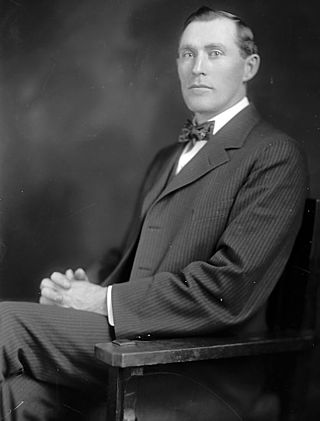
Thomas Alberter Chandler was an American politician and a U.S. Representative from Oklahoma.
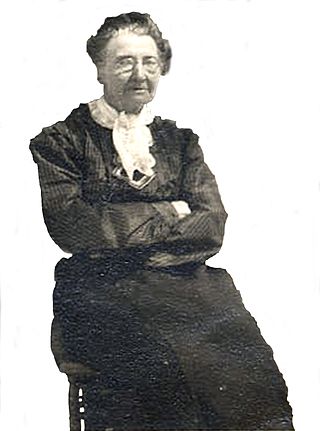
Caroline Weldon was a Swiss-American artist and activist with the National Indian Defense Association. Weldon became a confidante and the personal secretary to the Lakota Sioux Indian leader Sitting Bull during the time when Plains Indians had adopted the Ghost Dance movement.
Augustus Young was an American politician. He served as a United States representative from Vermont, a member of the Vermont House of Representatives, state’s attorney for Orleans County, a judge of probate, a county assistant judge, and a member of the Vermont State Senate.

John Martin Thompson (1829–1907) was a lumberman, Native American tribal and civic leader, born in the old Cherokee Nation prior to removal in what is now Bartow County, Georgia, USA. He was the son of Benjamin Franklin Thompson, a South Carolinian of Scot-Irish descent, and Annie Martin, a mix blood Cherokee. She was the daughter of Judge John Martin, the first Chief Justice of the Cherokee Nation and Nellie McDaniel.
The Battle of Honsinger Bluff was a conflict between the United States Army and the Sioux people on August 4, 1873 along the Yellowstone River near present-day Miles City, Montana. This was U.S. territory acquired from the Crows in 1868. The main combatants were units of the U.S. 7th Cavalry under Lt. Col. George Armstrong Custer, and Native Americans from the village of the Hunkpapa medicine man, Sitting Bull, many of whom would clash with Custer again approximately three years later at the Battle of the Little Big Horn in the Crow Indian Reservation.
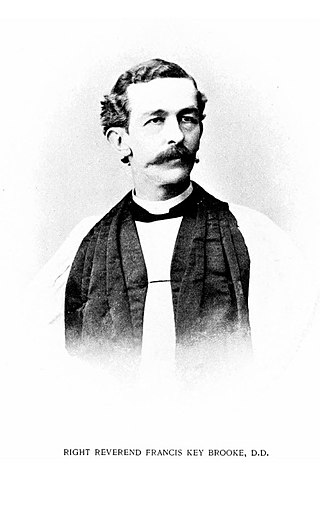
Francis Key Brooke was a missionary bishop of what is now the Episcopal Diocese of Oklahoma, serving from 1893 to 1918.
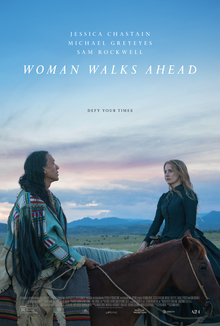
Woman Walks Ahead is a 2017 American biographical drama Western film directed by Susanna White and written by Steven Knight. The film is the story of Catherine Weldon, a portrait painter who travels from New York City to the Dakotas in 1890 to paint a portrait of Sitting Bull. Chaske Spencer and Sam Rockwell also star.

Charles Augustus Otis, Sr. was a businessman and the mayor of Cleveland from 1873 until 1874.
















